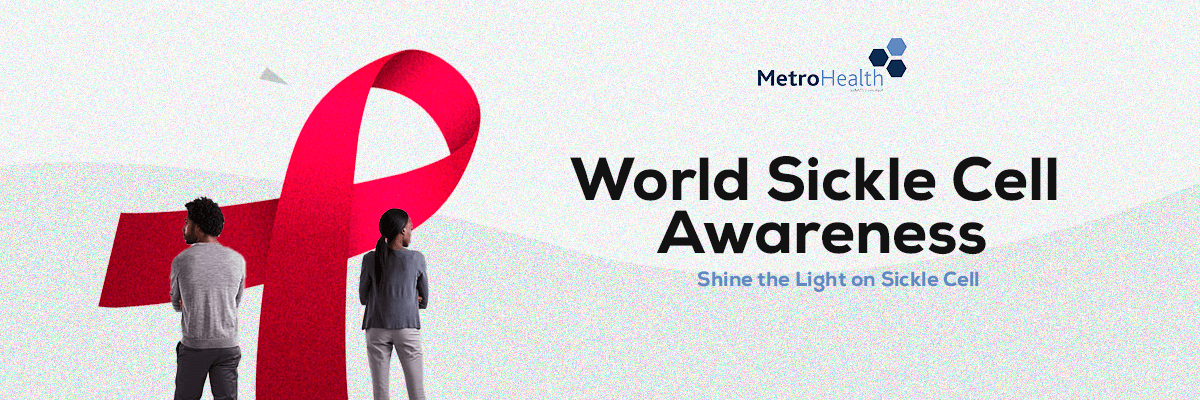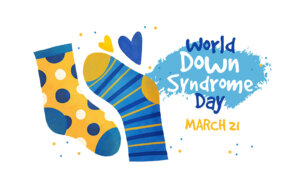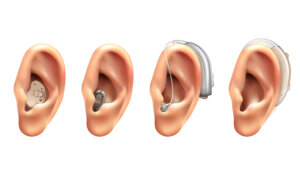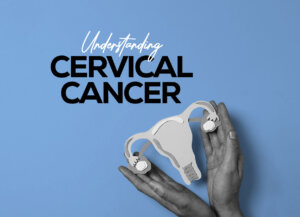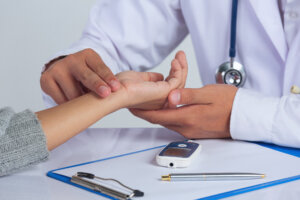WHAT IS SICKLE CELL DISEASE?
Sickle Cell Disease(SCD) is a group of inherited red blood cell disorders. Healthy red blood cells are typically round and move through small blood vessels carrying oxygen to all parts of the body. In an SCD patient, the red blood cells are hard, sticky, and take the form of a C-shaped farm tool called a “sickle.”
SCD patients are known to experience a constant shortage of red blood cells because the red blood cells die early. When these cells travel through small blood vessels, they tend to get stuck and clog the blood flow, which leads to severe pain and problems such as infection, acute chest syndrome, and sometimes stroke. This period is often called a “CRISIS”.
Sickle cell disease (SCD) affects millions worldwide, especially in sub-Saharan Africa. The need to “Shine the Light on Sickle Cell” cannot be over-emphasized. This is why yearly, a worldwide awareness is carried out on the 19th of June to bring attention to the disease.
Types of Sickle Cell Diseases
SCD varies from person to person. Haemoglobin, a protein that allows red blood cells to carry oxygen to parts of the body is responsible for this variation. The various types include;
- HAEMOGLOBIN SS DISEASE: this is the most common type of sickle cell disease. It occurs when you inherit copies of the hemoglobin S gene from both parents. This forms the hemoglobin known as Hb SS, and it is the most severe form of SCD. Individuals with this form also experience the worst symptoms at a higher rate.
- HEMOGLOBIN SC DISEASE: occurs when you inherit the Hb C gene from one parent and the Hb S gene from the other. Individuals with Hb SC have similar symptoms to individuals with Hb SS as it is the second most common type of sickle cell disease. However, the anaemia is less severe.
- HEMOGLOBIN SB+ (BETA) THALASSEMIA: Haemoglobin affects beta-globin gene production. The size of the red blood cell is reduced because there is a reduction in the production of normal beta protein. If inherited with the Hb S gene, you will have haemoglobin S beta-thalassemia. Symptoms are not as severe.
Asides from these three major types are a few rare types of SCD:
HbSD, HbSE, and HbSO; People who have these forms of SCD inherit one sickle cell gene (“S”) and one gene from an abnormal type of hemoglobin (“D”, “E”, or “O”). Haemoglobin is a protein that allows red blood cells to carry oxygen to all parts of the body.
SIGNS AND SYMPTOMS OF SICKLE CELL DISEASE
SCD symptoms vary from person to person, with a range from mild to severe;
Symptoms may include;
- Excessive fatigue or irritability from anemia
- Jaundice
- Leg ulcer
- Pain crises
- Frequent infections
- Pain in the chest, back, arms, or leg
COMPLICATIONS OF SICKLE CELL DISEASE
Sickle cell anaemia can lead to a host of complications, including:
- Stroke
- Acute chest syndrome
- Pulmonary hypertension
- Organ damage
- Blindness
- Leg ulcers
- Gallstones
- Priapism
- Pregnancy complications
TREATMENT OF SICKLE CELL TREATMENT.
There is no single best treatment for all people with SCD. Treatment options differ depending on the symptoms. This may include;
- Pain medications
- Blood transfusions
- Vaccinations (are used to prevent infections).
- Antibiotics ( to prevent infections).
- Folic acid.
- Hydroxyurea.
- Regular eye exams.
PREVENTION
If you carry the sickle cell trait, seeing a genetic counselor before trying to conceive can help you understand your risk of having a child with sickle cell anemia. They can also explain possible treatments, preventive measures, and reproductive options.

